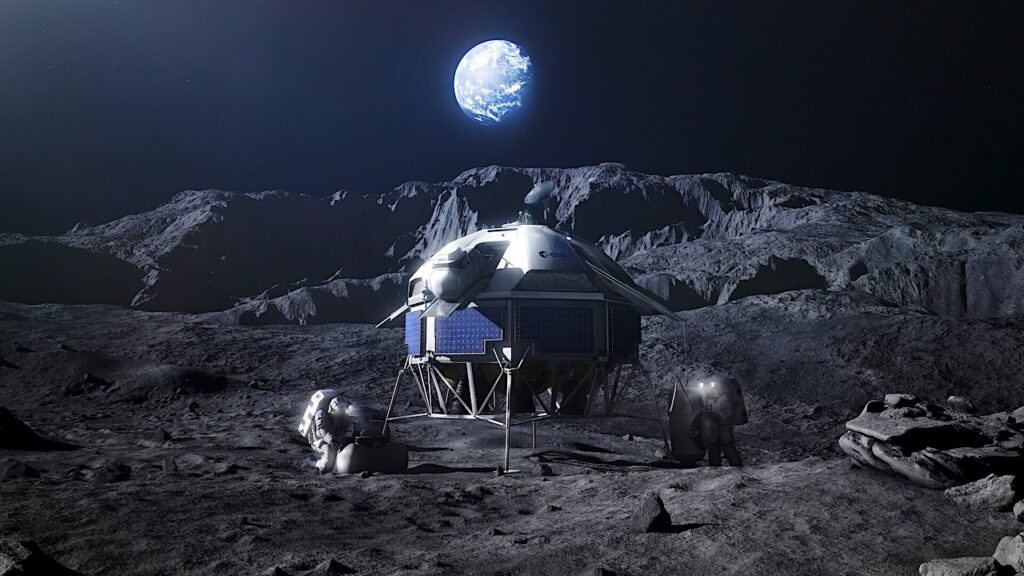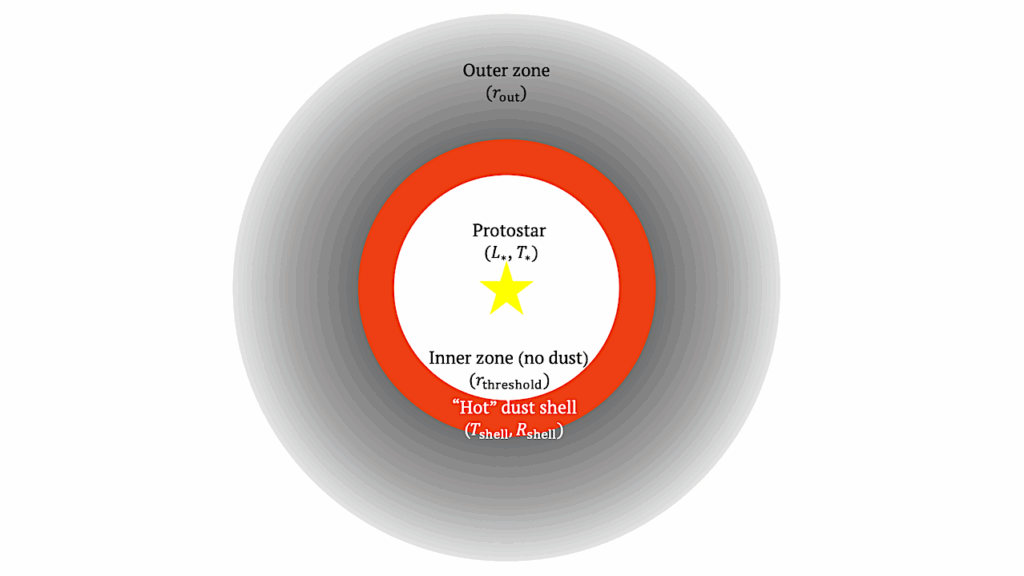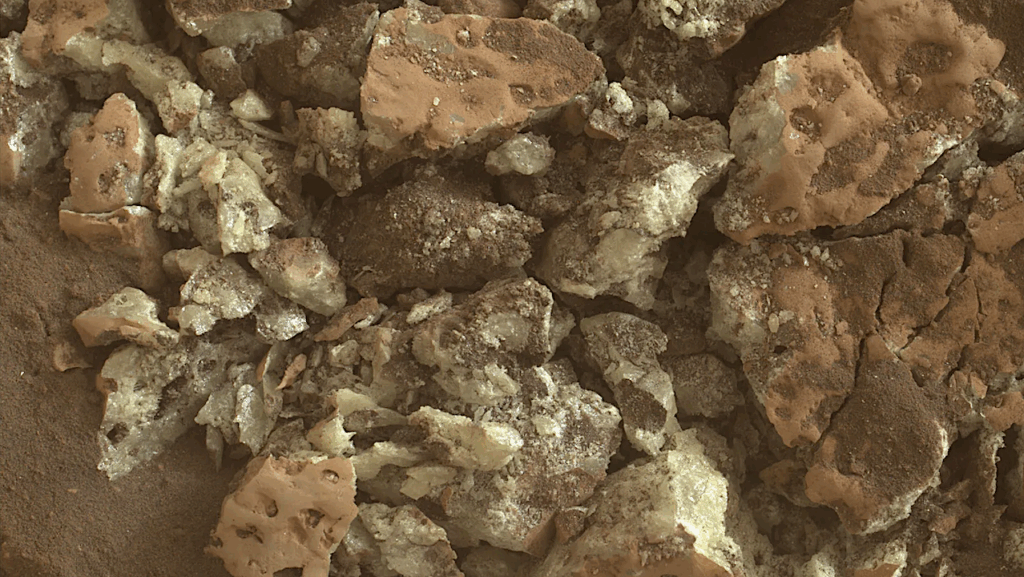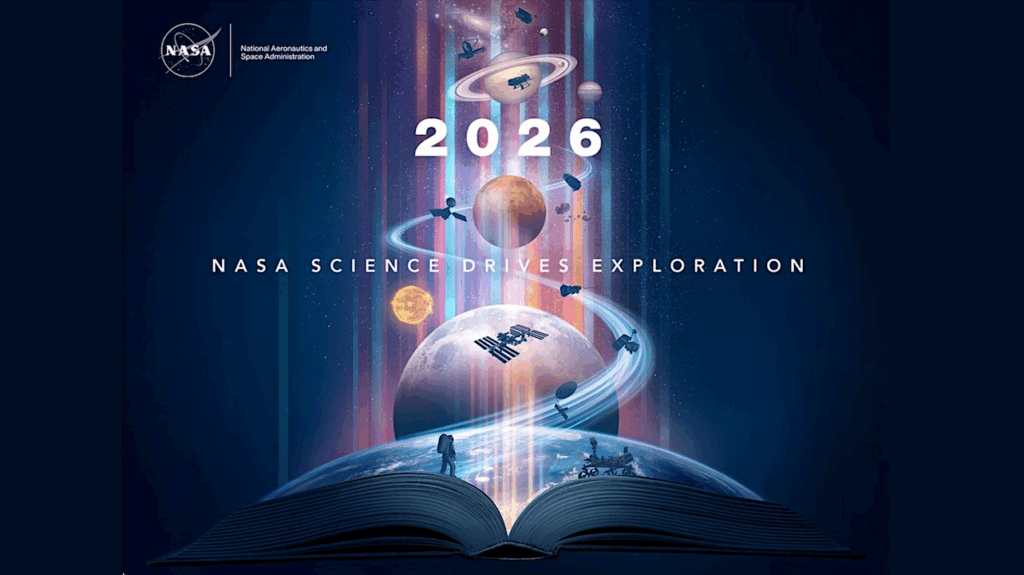An HST Transmission Spectrum of the Closest M-Dwarf Transiting Rocky Planet LTT 1445Ab
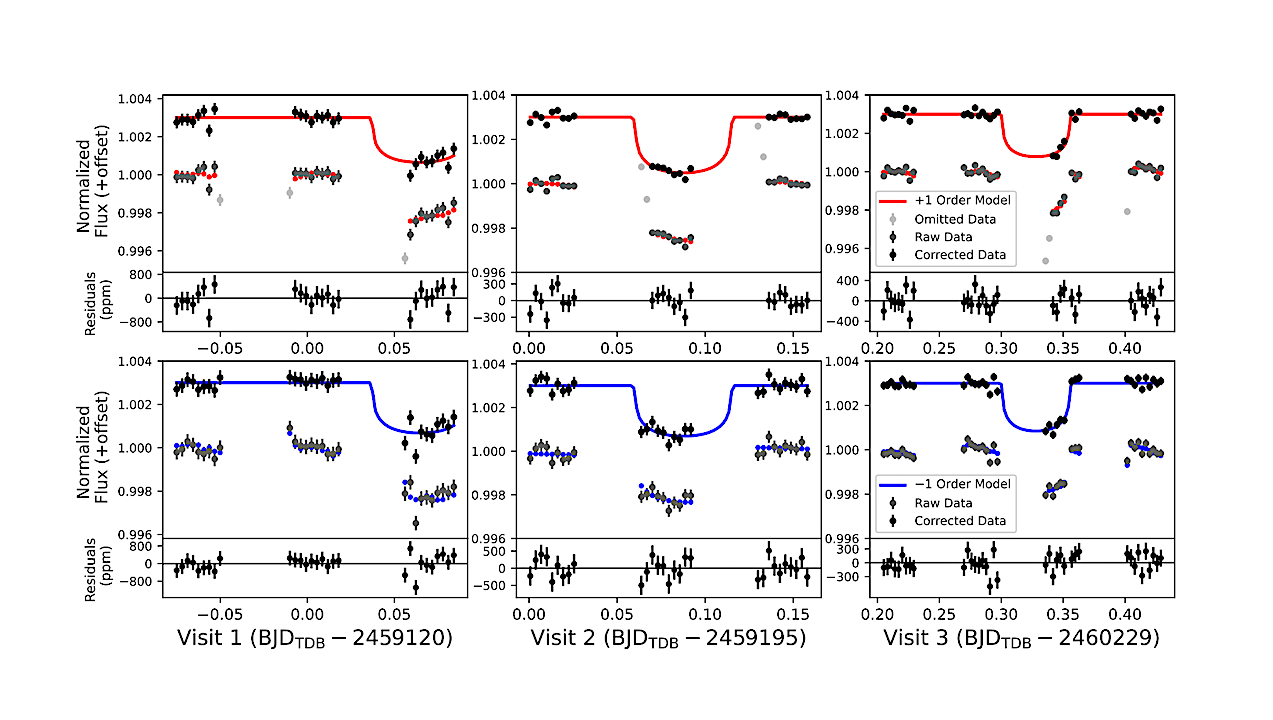
Which rocky exoplanets have atmospheres, and which do not? This presumably simply question is the first that must be answered in the pathway toward understanding the prevalence of nearby habitable planets.
A mere 6.9 pc from Earth, the LTT 1445A system is the closest transiting M-dwarf system, and its largest known planet, at 1.31R⊕ and 424 K, is one of the best rocky targets in which to search for an atmosphere.
We use HST/WFC3 transmission spectroscopy with the G280 and G141 grisms to study the spectrum of LTT 1445Ab between 0.2−1.65μm. In doing so, we uncover a flare on the neighboring star LTT 1445C, and report one of the first simultaneous near-UV/optical spectra of an M dwarf flare.
The planet spectrum is consistent with a flat line, though the infrared portion displays potential features that could be explained by known opacity sources such as HCN. Some atmospheric retrievals weakly favor (∼2σ) an atmosphere over a flat line, but it remains challenging to discern between stellar contamination, an atmosphere, and a featureless spectrum at this time. We do, however, confidently rule out ≤100× solar metallicity atmospheres.
Although stellar contamination retrievals cannot fit the infrared features well, the overall spectrum is consistent with stellar contamination from hot spots, cold spots, or both. Based on the UV/optical data, we place limits on the extent of stellar variability expected in the near-infrared (30−40 ppm), which will be critical for upcoming JWST observations of this highly optimal target.
Katherine A. Bennett, David K. Sing, Kevin B. Stevenson, Hannah R. Wakeford, Zafar Rustamkulov, Natalie H. Allen, Joshua D. Lothringer, Ryan J. MacDonald, Nathan J. Mayne, Guangwei Fu
Comments: In Review at AJ. Submitted on 08/06/2024
Subjects: Earth and Planetary Astrophysics (astro-ph.EP); Solar and Stellar Astrophysics (astro-ph.SR)
Cite as: arXiv:2410.11054 [astro-ph.EP] (or arXiv:2410.11054v1 [astro-ph.EP] for this version)
https://doi.org/10.48550/arXiv.2410.11054
Focus to learn more
Submission history
From: Katherine Bennett
[v1] Mon, 14 Oct 2024 20:00:58 UTC (1,617 KB)
https://arxiv.org/abs/2410.11054
Astrobiology




